Nature Inspires Learning
Spring has sprung and new life is blooming all around us. What better time to turn our focus to the great outdoors? It has long been understood that a relationship with nature can be physically and mentally beneficial, and recent studies have further validated these beliefs.
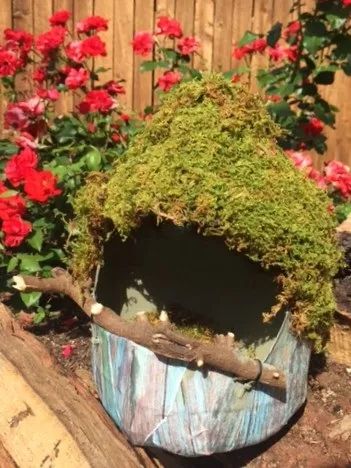
"Scientists are beginning to find evidence that being in nature has a profound impact on our brains and our behavior, helping us to reduce anxiety, brooding, and stress, and to increase our attention capacity, creativity, and ability to connect with other people." (Source)
Maria Montessori taught us that nature inspires learning. Perhaps some of the most beautiful of the Montessori fundamentals are the lessons learned from caring for our planet and all living things.
“There must be provision for the child to have contact with nature, to understand and appreciate the order, the harmony and the beauty in nature… so that the child may better understand and participate in the marvelous things which civilization creates.”
–Maria Montessori
With that in mind, my children and I have hatched this plan for a DIY bird feeder: a fun project that recycles plastic, helps wildlife, and gives kids a way to interact with nature.
Materials you'll need:
- A clean gallon-sized milk or water jug (keep the lid). You can vary this by making a smaller, half-gallon sized feeder or even use a carton.
- Optional: Mod Podge for OUTDOORS and colored paper for decoupage.
- Optional: Non-toxic paint that will adhere to plastic, such as chalk paint, and brushes.
- Decorations: sticks, bark, leaves, moss, shells, pebbles, stickers, etc. Just keep in mind, don't use anything that would harm the birds, should they decide to eat your decorations.
- Optional: glue gun
- Scissors or X-acto knife, and something to poke holes: scissors, screwdriver, drill, etc.
- Something to hang your feeder like wire or twine.
- Birdseed.
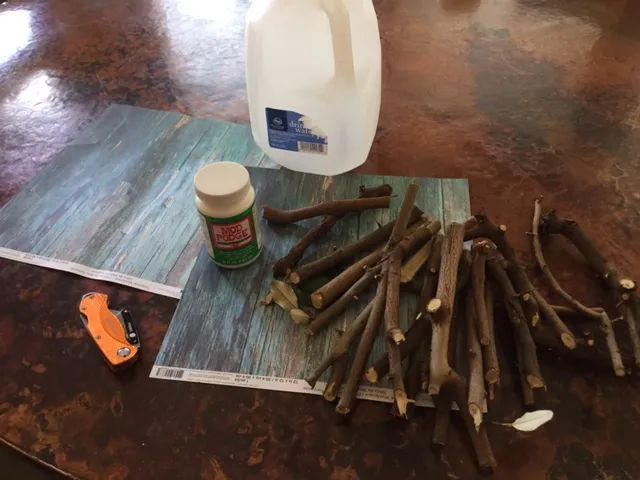
Step-by-step Instructions:
1. With adult help, use scissors or X-acto knife to cut windows into the jug. Make the hole large enough to allow easy access for you (as you refill with birdseed) and the birds. Ideally, windows should go on the side opposite the handle.

2. If you are going with the decoupage technique, start by cutting or tearing your colored paper into small pieces or strips. You can use magazine pages, wrapping paper, decorative paper napkins, or any other colored paper. Thinner paper tends to be easier to work with.
Working in small areas, apply a layer of Mod Podge first, position the paper, then apply a second layer of Mod Podge. Be sure to smooth down the edges and bubbles. Allow to dry completely before applying paint or additional decorations.
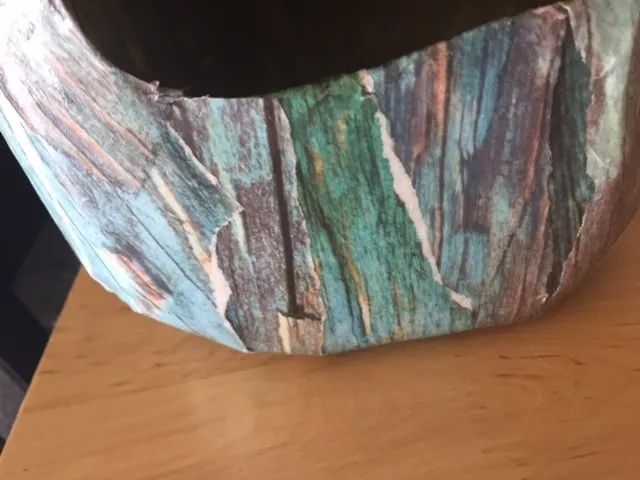
3. If you'd rather paint (you might choose this route with younger children as Mod Podge can be extra messy-sticky-gooey) make sure you use non-toxic paint that will adhere to plastic. I recommend chalk paint which can be found in most craft stores and some hardware stores.
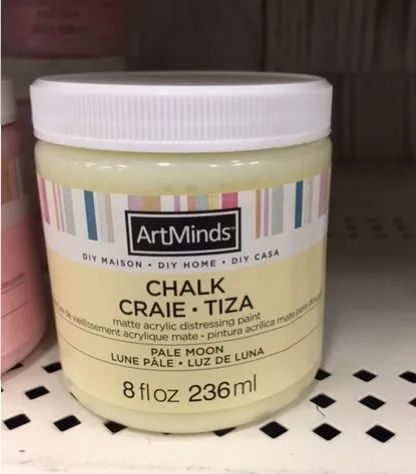
4. Again with adult supervision, punch two holes near the top for hanging the feeder. Also, because damp moldy seeds will equal sick birds, you must poke holes in the bottom to drain out rainwater. I know, I know...you don't want the seeds to pour out through the holes, right? Right. So simply keep the holes small and use larger seeds, such as black oil sunflower seeds.
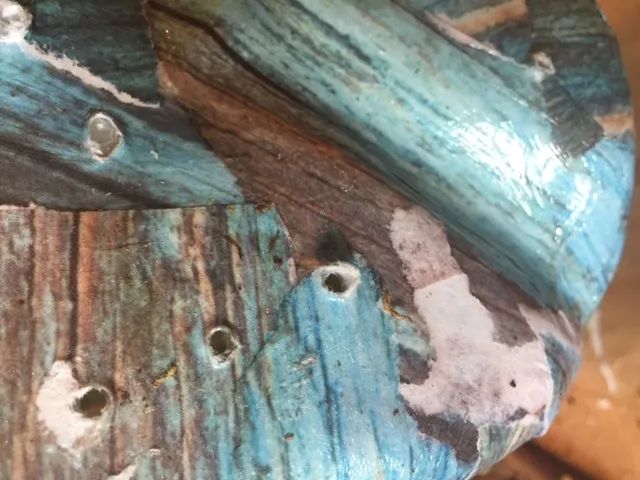
5. Add a perch with zip ties or bread twisties. (Note: don't put thin string or thread where birds can get tiny toes or beaks tangled. Mother nature will thank you for this.)

6. After your glue or paint has dried completely, add your personalized decorative touches. Use a glue gun or the outdoor Mod Podge to glue on wood chips, buttons, shells, rocks, moss, you-name-it! Just keep in mind, don't use anything that would harm the birds, should they decide to eat your decorations.

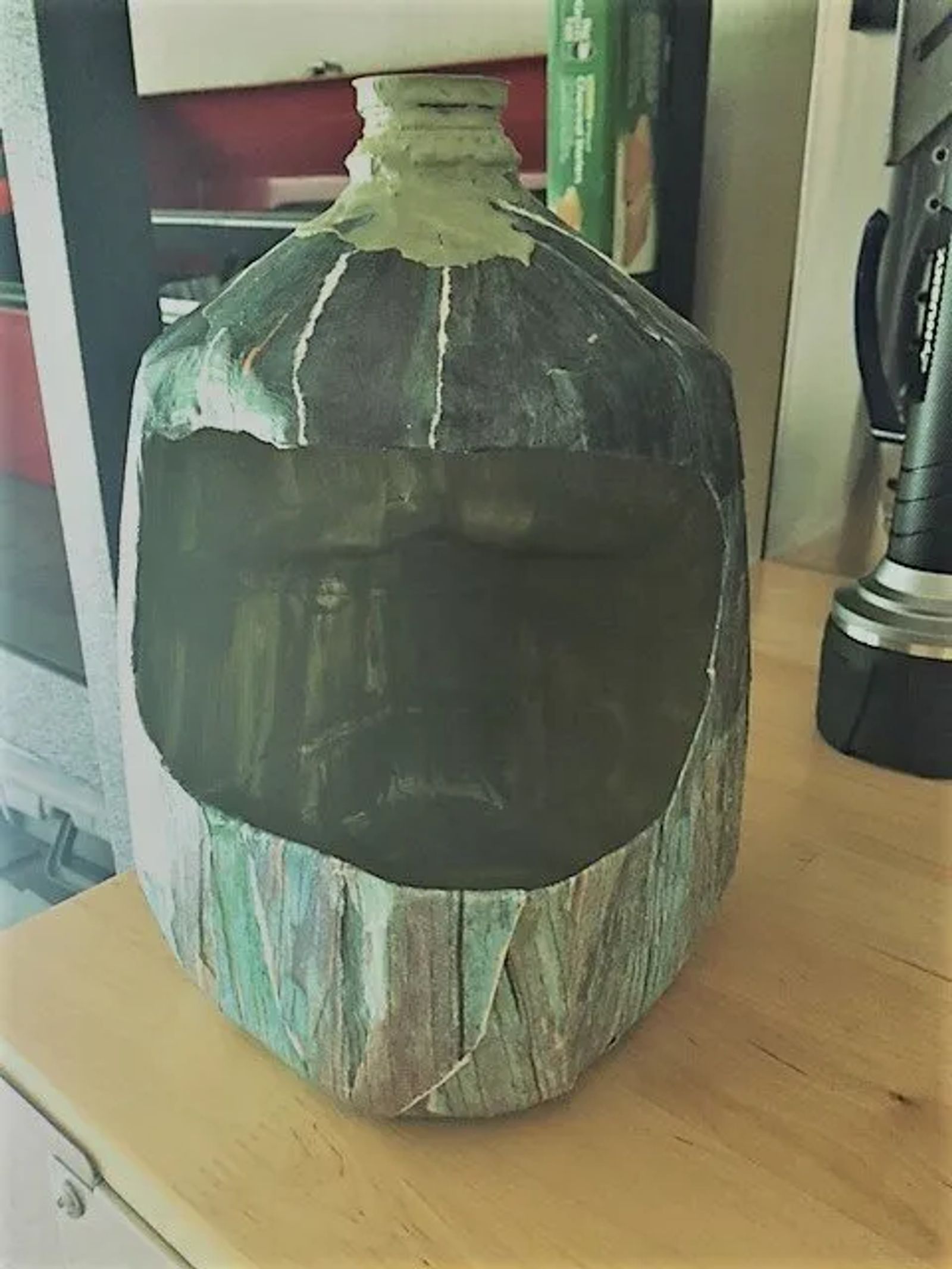
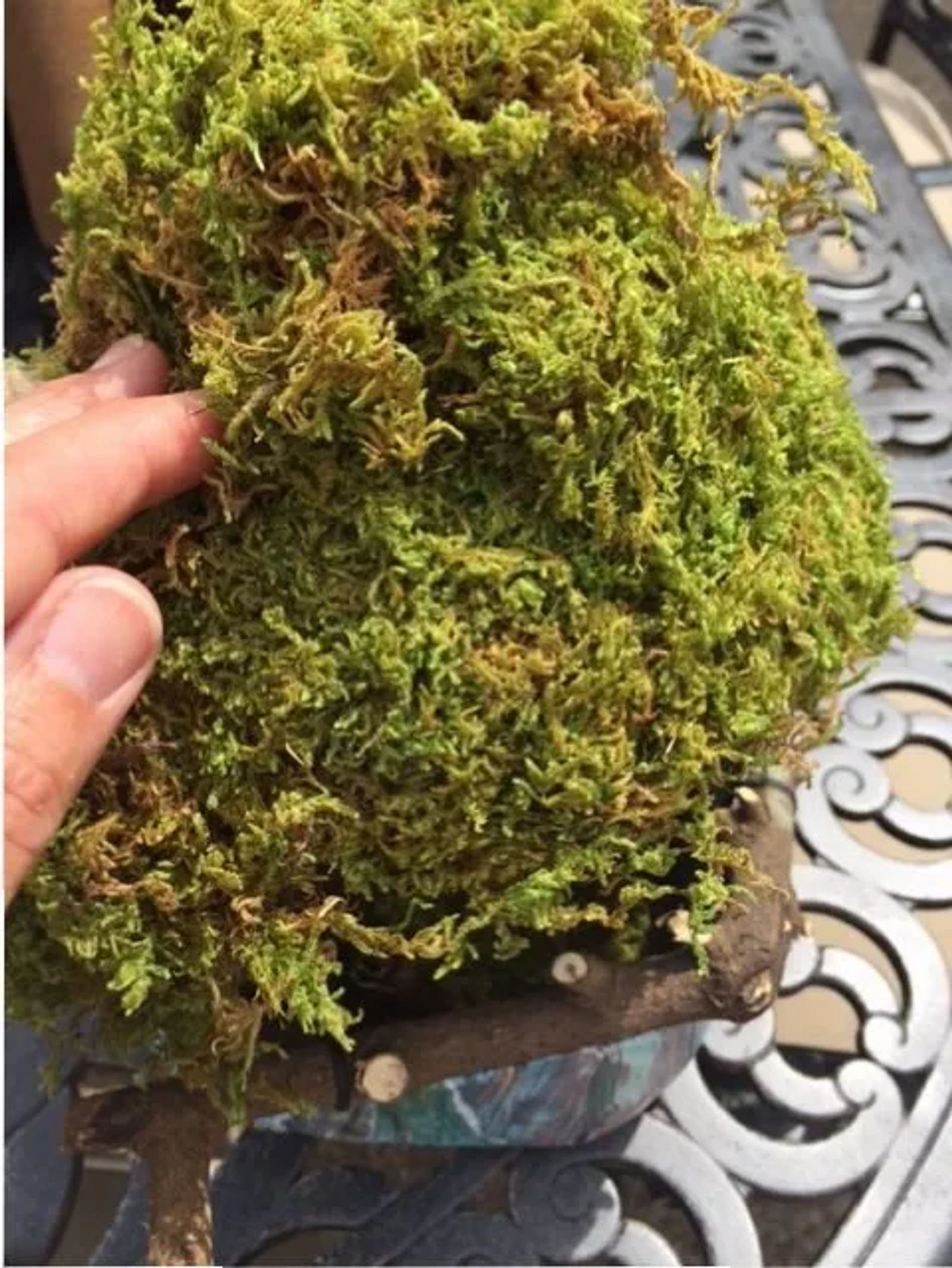


7. Finally, cut your hanging material to desired length and thread it through the holes and secure inside the milk jug. Now fill your new feeder with birdseed and hang it outside.
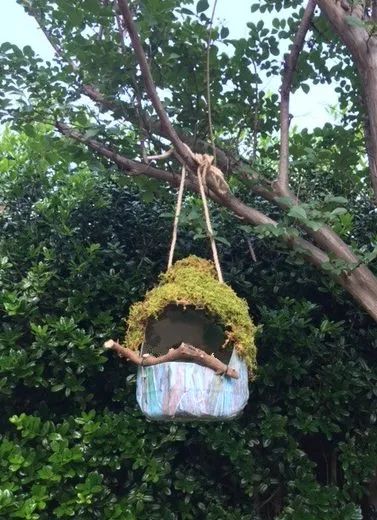
The birds found our feeder almost immediately but don't worry if it takes them a day or two to cotton on. Also, don't be too surprised if the squirrels don't realize your feeder is for birds. Hey, everyone's gotta eat!
Projects such as this are a great way to redirect the child's focus back to the great outdoors and gives them a way to connect with their own, innate interest in nature. As Maria Montessori once said:
“Children have an anxious concern for living beings, and the satisfaction of this instinct fills them with delight. It is therefore easy to interest them in taking care of plants and especially of animals. Nothing awakens foresight in a small child, who lives as a rule for the passing moment and without care for the morrow, so much as this.”
Would you like to know more about the Montessori method and how it might benefit you?
Montessori Continuing Education Course
“Like getting a Parenting Manual”
Short Courses Start Each Month!
What You Learn in the Child Development Course:
- How to nurture the whole child
- Discover the true needs of the child
- How to manage/avoid toddler temper tantrums or at any age!
- How to help your child find peace, harmony and purpose
- How to avoid power struggles
- Discover the essential knowledge you need to guide a child's spirit and mind
- How to make learning time more productive
Don't miss your child's opportunities for growth - Release your child's full potential!
"This is the best online parenting course I've ever taken. It's like getting the Parenting Manual that didn't come with my child. Getting to know the cycles of growth and how they learn and absorb information is priceless. Well worth my money!"
"Wow, I wish I had known this before when I first had my children!"




















